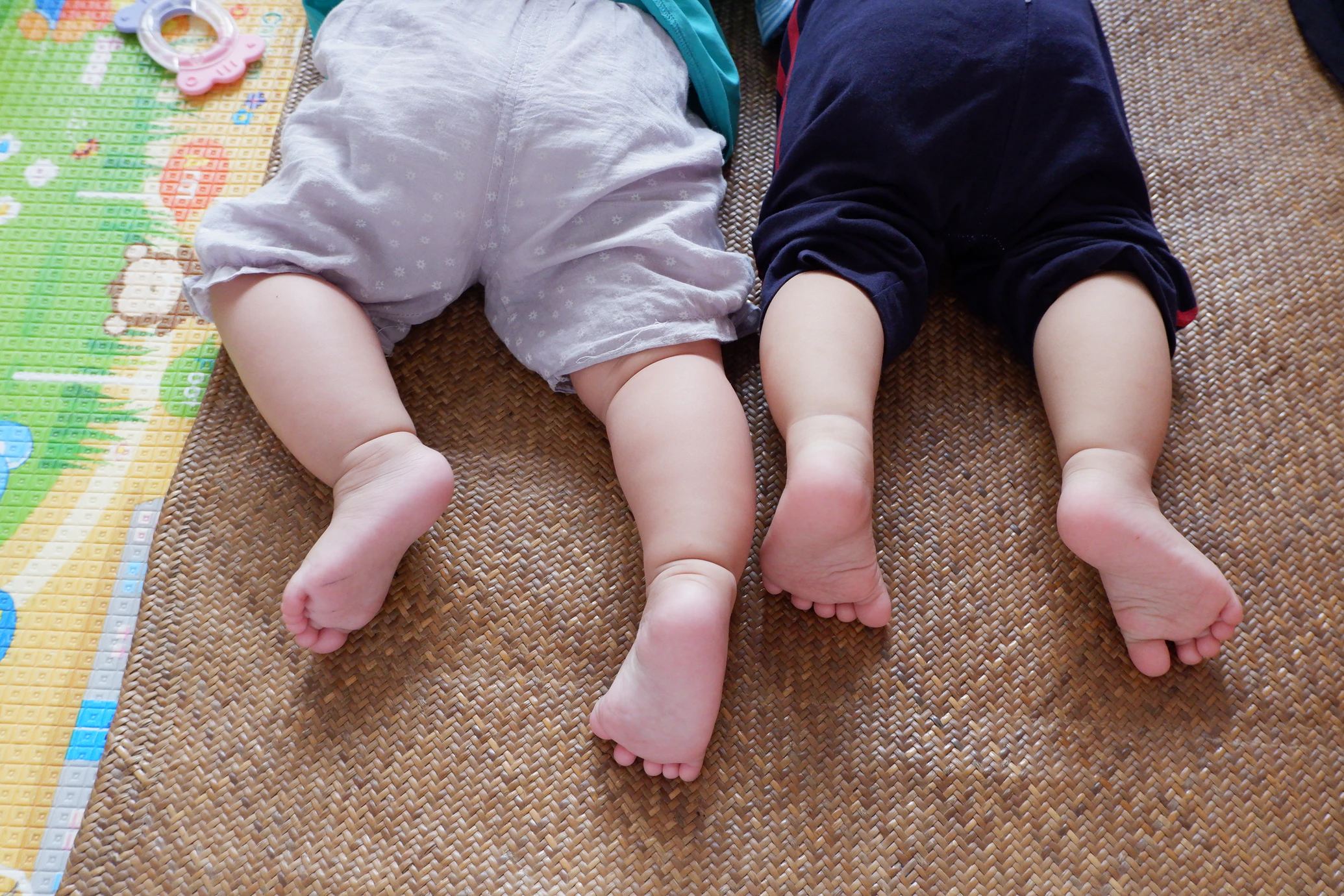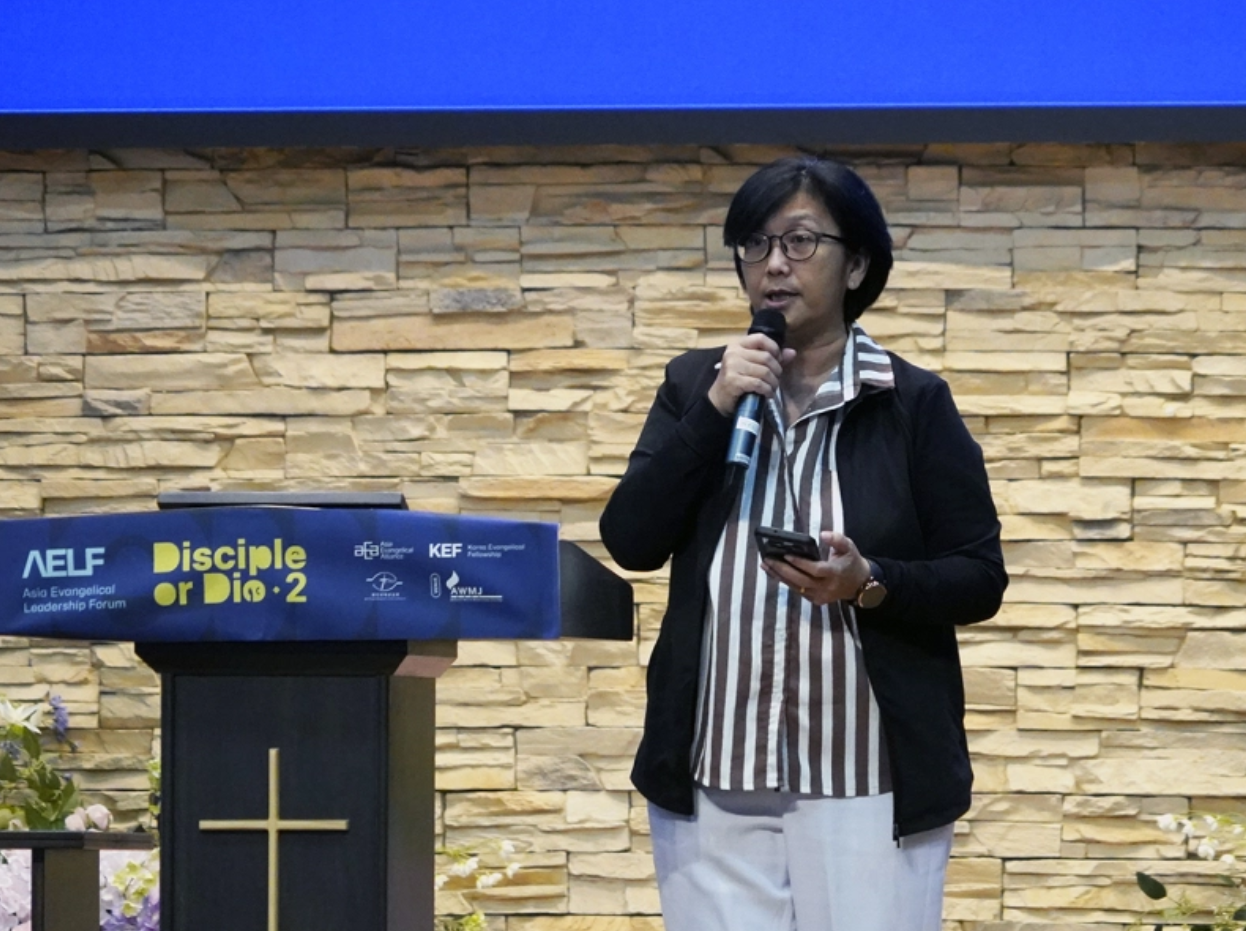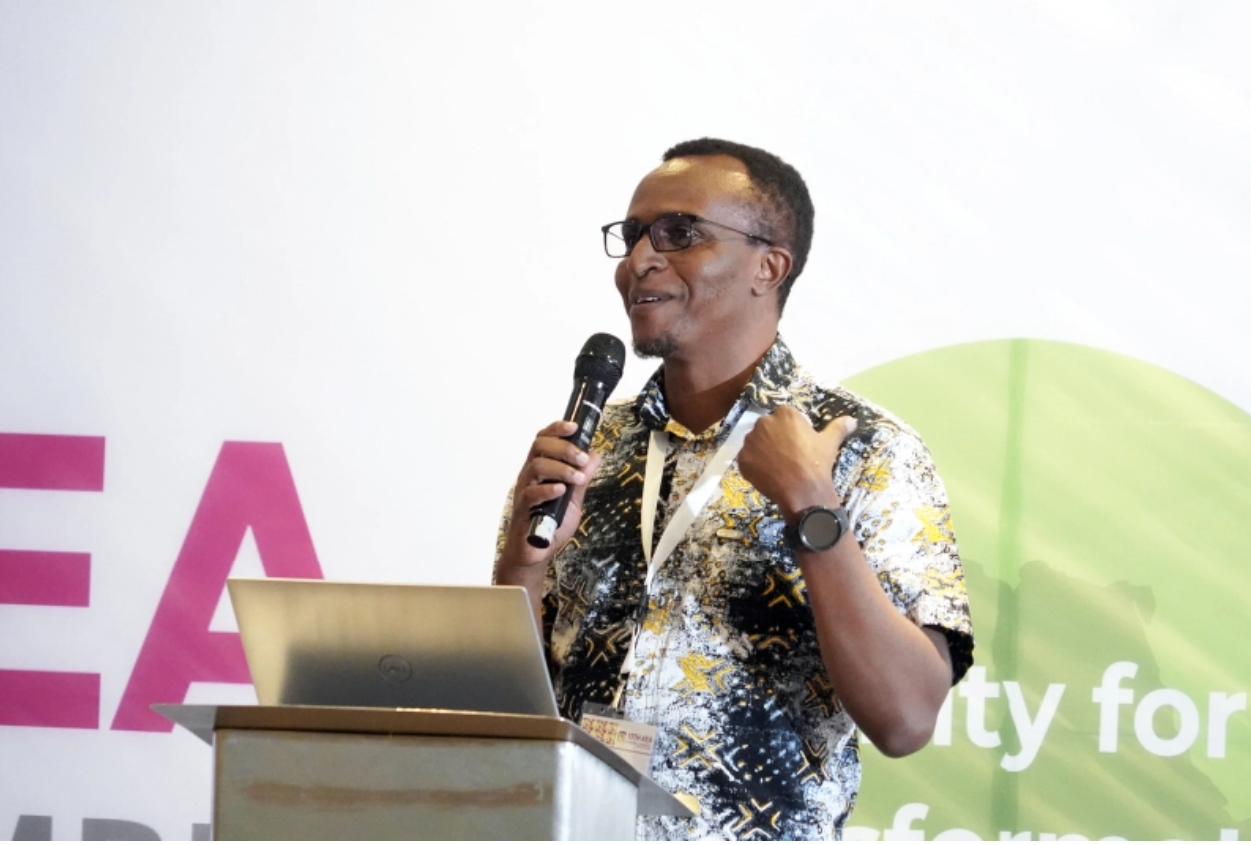A Christian adoption agency’s embryo adoption program has led to the birth of hundreds of babies as the practice of embryo adoption and donation remains a contentious issue, even among Christians.
According to the Snowflakes embryo adoption program, a division of Nightlight Christian Adoptions, there are over 1 million embryos frozen in storage throughout the United States. The program works with fertility clinics throughout the U.S. to help people place remaining embryos with a family looking to adopt.
Nearly 2,000 people have donated their embryos through Snowflakes, and over 950 babies have been born to adoptive parents, according to the program’s website.
Nightlight Christian Adoption, which has offices in 10 states, launched Snowflakes and pioneered the embryo adoption program in 1997. The organization is the “oldest and most experienced embryo adoption agency in the world.” Through the Council on Accreditation, Nightlight became the only accredited embryo adoption agency in December 2021.
Kimberly Tyson, vice president of the Snowflakes program, told The Christian Post that around 30% of the people they work with had been referred by a fertility clinic. The program also reaches people through online marketing efforts.
Snowflakes’ donation programs are typically anonymous and are open to those willing to apply, Tyson said. People looking to adopt those embryos are likely to have struggled with infertility or attempted in vitro fertilization (IVF) without success, Tyson added.
“So we’re managing both sides of the equation. We are attracting people who want to donate their embryos to an adoptive family, and we’re attracting adoptive families who would like to give birth to those embryos,” she said.
Some, however, are critical of the practice due to its relation to IVF and the handling of excess embryos remaining from the process.
Kallie Fell, executive director for the Center for Bioethics and Culture Network, expressed concern about the potential ramifications of freezing embryos and whether the process is detrimental to them.
Similar to CBC President Jennifer Lahl’s October 2017 writings on the subject, Fell fears the practice of unthawing embryos and transferring them into wombs is too experimental to be considered safe and ethical.
Fell also sees a problem with conducting a procedure that involves unaware human beings.
“These embryos, these are souls on ice, as we call them. They don’t give consent,” Fell told CP in an interview. “They’ve never signed a waiver saying that they’re OK with this.”
Stephanie Gray Connors, a pro-life speaker and the author of Conceived by Science: Thinking Carefully and Compassionately about Infertility and IVF, also voiced concerns about using embryos left over from IVF.
The pro-life advocate asserted in a statement to CP that “IVF treats human subjects as though they were objects to be manufactured (while typically also killing some humans to create others).”
“As Jesus once declared, ‘Stop making my father’s house a marketplace’ (John 2:16), we are all temples of the Holy Spirit and the IVF industry has turned the human body and human person into a marketplace,” Gray wrote. “This leads to dehumanization and exploitation. Even with embryo adoption, while intentions can be good, there are moral dilemmas to consider.”
“To justify IVF on the basis of being able to ‘donate’ children that are ‘excess,’ is to treat humans made in God’s image like clothing or art-items we donate when we no longer need of them,” she continued. “By God’s designs, humans are only supposed to come into existence through sex in marriage, which means the only embryo that should ever get into a woman’s body is her own, created with her and her husband’s seeds, coming about as the fruit of sexual intercourse.”
According to Tyson, the Snowflakes program uses the “best practices of adoption,” encouraging communication between placing and adopting families. The program’s vice president said the two often form a relationship over time, which she feels is best for both parties and the children.
Tyson said fertility clinics often have a lot of abandoned embryos due to guidelines recognizing them as the “property” of their owners. The program has “created a solution that medical science has created” by allowing people to place their remaining embryos for adoption, saying it’s the only “life choice” for the embryos.
“And we believe as true Christian people with a Christian worldview that life begins at conception. And our program is creating a solution for embryos that are in frozen storage, that are human lives just waiting for the right environment to be born,” Tyson said.
Connors asked: “Could embryo adoption be viewed as a type of rescue of needy children who are already created?”
“Some ethicists argue this could be justified, while others would say while the end of rescue is good, the means has a number of problems with it, including preventing the creation of one’s own child while a woman’s womb is occupied,” the advocate said.
While ethicists debate the issue of embryo adoption, Connors believes that “at the very least, all people of goodwill should agree no more embryos should be manufactured in labs.”
Fell acknowledged why some may see embryo adoption as ‘lifegiving,” noting that for many adoptive parents, that is “their only option for a life.” But she contends that embryo adoption is not without its “risks and considerations.”
She proposes that the U.S. pass laws to prevent the creation of excess embryos in the first place and encourage the embryos’ biological parents to claim their frozen children. If the embryos’ parents do not claim them, Fell thinks they should be given “dignity in their death” and entrusted into “God’s care.”
Fell worries that embryo adoption places a heavy burden on children by requiring them to “digest a lot of information” on how they were born.
“If their parents, the people who raised them, who adopted them, are honest with them, as I think they should be about their creation, it is a lot to digest that someone created you,” she continued. “There were too many. So you weren’t wanted, perhaps. And then you were given away to someone else.”
By Samantha Kamman, Christian Post Reporter
Originally published on The Christian Post
(c) The Christian Post, used with permission




